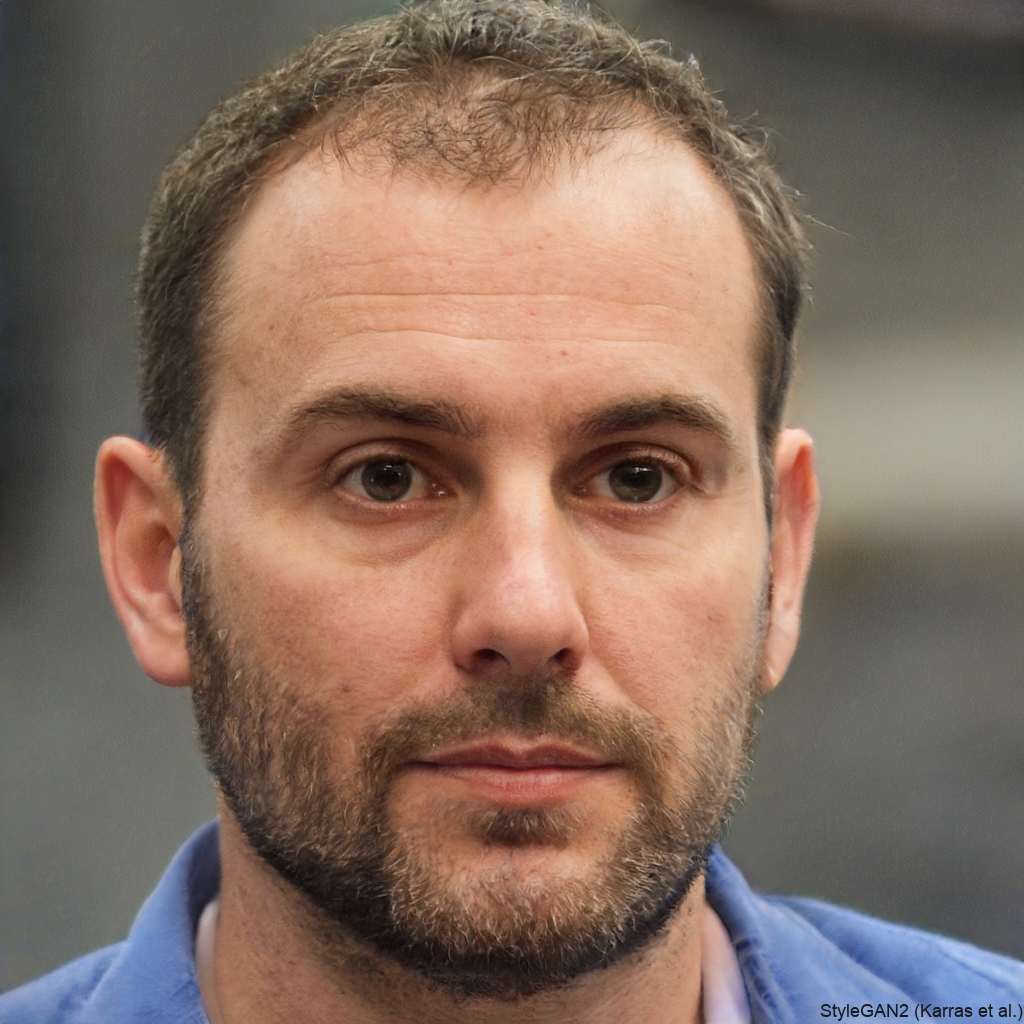Introduction: The Power of Believing in Yourself
Have you ever stood at the edge of a big opportunity—applying for a dream job, asking someone out, speaking up in a meeting—and held back because a little voice inside said, “You’re not good enough”? You’re not alone. Millions of people struggle with self-doubt every day, even those who seem to have it all together. But here’s the truth: confidence isn’t something you’re born with. It’s something you build.
Self-confidence is more than just feeling good about yourself. It’s the quiet assurance that you can handle challenges, learn from mistakes, and grow into the person you want to be. It’s the foundation of success in relationships, careers, and personal growth. Without it, even the most talented individuals can stay stuck. With it, ordinary people achieve extraordinary things.
In this article, we’ll explore how you can build lasting self-confidence step by step. We’ll go beyond clichés like “just believe in yourself” and dive into practical, science-backed strategies that actually work. From understanding the roots of self-doubt to developing empowering habits, you’ll learn how to silence your inner critic and start showing up as your most authentic, capable self.
So whether you’re starting from zero or just want to boost what’s already there, this guide will give you the tools to unlock your true potential. Let’s begin.
1. Understanding Self-Confidence: It’s Not About Perfection
Many people think self-confidence means never feeling fear or doubt. But that’s a myth. True confidence isn’t the absence of insecurity—it’s the ability to move forward despite it.
Think of a public speaker who feels nervous before going on stage. They might have sweaty palms and a racing heart, but they still walk out and deliver a powerful talk. That’s confidence in action. It’s not about being fearless; it’s about trusting yourself to handle whatever comes your way.
Psychologists often distinguish between self-efficacy—your belief in your ability to succeed in specific situations—and self-esteem, which is your overall sense of self-worth. Confidence sits at the intersection of both. It grows when you prove to yourself, again and again, that you can take action and get results.
Here’s a real-life example: Sarah, a college graduate, applied to over 30 jobs and got rejected from every one. At first, she started to believe she wasn’t good enough. But instead of giving up, she asked for feedback, improved her resume, and practiced mock interviews. On her 34th try, she landed her dream role. Her confidence didn’t come from never failing—it came from persisting through failure.
The key takeaway? Confidence is earned through experience, not handed out. Every time you face a fear, take a risk, or try something new, you’re building what we might call a “confidence bank account.” The more deposits you make, the richer you become in self-trust.
So, if you’re waiting to feel 100% ready before you act—stop. You don’t need to be perfect. You just need to start.
2. Identify and Challenge Your Inner Critic
We all have an inner voice. For some, it’s encouraging: “You’ve got this!” For others, it’s harsh: “Why even try? You’ll mess it up anyway.”
This negative inner voice—often called the inner critic—is a major roadblock to confidence. It thrives on past failures, social comparisons, and unrealistic expectations. And the worst part? Most of us don’t even realize how much it’s holding us back.
Imagine you give a presentation at work. It goes reasonably well, but you stumble on one slide. Your inner critic jumps in: “You embarrassed yourself. Everyone saw you mess up. You’re not cut out for leadership.” Sound familiar?
The good news? You can retrain this voice.
Start by naming your critic. Give it a silly name—like “Grumpy Greg” or “Doubtful Diane.” This simple act creates distance between you and the negative thoughts, helping you see them as separate from your true self.
Next, challenge the evidence. Ask yourself:
- Is this thought based on facts or feelings?
- What would I say to a friend in this situation?
- What’s a more balanced way to see this?
For example, instead of “I failed that interview,” try: “I didn’t get the job this time, but I gained valuable experience and can improve for next time.”
Cognitive Behavioral Therapy (CBT) techniques like these have been proven to reduce self-doubt and increase self-efficacy. One study published in the Journal of Cognitive Psychotherapy found that individuals who practiced thought restructuring showed significant improvements in self-confidence within just 8 weeks.
Remember: your thoughts shape your reality. Change the script, and you change your life.
3. Take Action: Confidence Follows Behavior, Not the Other Way Around
Here’s a powerful truth most people get backwards: you don’t need to feel confident to act confidently. In fact, it’s the opposite. Action builds confidence—not the other way around.
Think about learning to ride a bike. You didn’t wait until you felt 100% confident to hop on. You wobbled, fell, got back up—and slowly, your confidence grew with each pedal.
This is what psychologists call “behavioral activation.” When you take action, your brain registers the success (even small wins), and your self-belief strengthens.
So how can you apply this?
Start with micro-actions—tiny steps that push you slightly outside your comfort zone. For example:
- If you’re shy, say “good morning” to a coworker.
- If you fear public speaking, record a 60-second video of yourself sharing an idea.
- If you doubt your skills, volunteer for a small project at work.
Each of these actions sends a message to your brain: “I can do hard things.”
James Clear, author of Atomic Habits, calls this the “identity shift.” You don’t start by saying, “I am a confident person.” You start by doing confident things—over and over—until the identity follows.
One powerful exercise is the “5-Second Rule” by Mel Robbins. When you feel hesitation, count down from 5 and act before your brain talks you out of it. This interrupts overthinking and builds momentum.
As a result, confidence becomes less of a feeling and more of a practice. And like any skill, the more you practice, the better you get.
4. Develop a Growth Mindset: Embrace Failure as Feedback
How you view failure determines how far you’ll go in life.
People with a fixed mindset believe their abilities are set in stone: “I’m just not good at public speaking,” or “I’ll never be smart enough for that role.” This mindset kills confidence because every setback feels like proof of inadequacy.
On the other hand, those with a growth mindset—a term coined by psychologist Carol Dweck—see challenges as opportunities to learn. To them, failure isn’t the end; it’s feedback.
Consider Thomas Edison, who famously said, “I have not failed. I’ve just found 10,000 ways that won’t work.” That’s the essence of a growth mindset.
So how do you cultivate it?
Start by reframing your language:
- Instead of “I failed,” say “I learned.”
- Instead of “I’m not good at this,” say “I’m not good at this yet.”
- Replace “This is too hard” with “This is how I grow.”
Also, celebrate effort over outcome. Did you try? Did you show up? That’s worth acknowledging.
A study from Stanford University found that students who were taught a growth mindset improved their grades significantly compared to peers who weren’t. Why? Because they were more willing to take on challenges and persist through difficulty.
Apply this to your life: The next time you face a setback, ask yourself:
- What can I learn from this?
- How can I improve next time?
- What did I do well, even if the result wasn’t perfect?
When you see every experience as a chance to grow, your confidence becomes unshakable—because you know you’ll always come out stronger.
5. Master Your Body Language: Fake It Till You Become It
You’ve probably heard the phrase “fake it till you make it.” But science shows there’s more to it: “Fake it till you become it.”
Your body doesn’t just reflect your emotions—it shapes them. This is the core idea behind power posing, a concept popularized by social psychologist Amy Cuddy.
In her famous TED Talk, Cuddy explained that standing in a confident posture—chest open, hands on hips, head high—for just two minutes can increase testosterone (the dominance hormone) and decrease cortisol (the stress hormone). In other words, your body can trick your brain into feeling more confident.
Try this experiment:
- Stand in front of a mirror.
- Slouch, cross your arms, and look down. How do you feel? Probably small, tense, or powerless.
- Now, stand tall, shoulders back, hands on hips, chin up. Smile. Notice the shift?
This isn’t about pretending. It’s about using your body to signal courage to your nervous system.
In daily life, small changes in body language can make a big difference:
- Make eye contact when speaking.
- Speak slowly and clearly.
- Avoid fidgeting or touching your face.
- Sit or stand with open, expansive gestures.
A 2019 study published in Psychological Science found that participants who used confident body language were rated as more competent and likable—even when they didn’t feel confident inside.
So before your next big meeting, job interview, or difficult conversation, take two minutes to power pose in private. You’ll walk in with a stronger presence—and a real boost in self-assurance.
6. Build Confidence Through Competence: Skill Stacking Works
There’s a direct link between competence and confidence. The more skilled you are in an area, the more confident you’ll feel.
But here’s the secret: you don’t need to be an expert to start. You just need to start building.
Take the concept of skill stacking—developing a combination of complementary skills that make you uniquely valuable. For example:
- A graphic designer who learns copywriting and basic coding becomes a powerful asset.
- A teacher who masters public speaking and storytelling becomes more engaging.
- A salesperson who learns emotional intelligence and negotiation skills closes more deals.
Each new skill you add boosts your confidence because you have more tools to solve problems and create value.
Start by asking:
- What skills do I already have?
- What skills are needed in my field or personal goals?
- Which one small skill can I learn in the next 30 days?
Then, commit to deliberate practice. This means focused, intentional effort—not just going through the motions. For example, instead of passively watching videos on public speaking, practice delivering a speech and record yourself for feedback.
And don’t underestimate the power of visible progress. Keep a “win journal” where you log every small achievement:
- “Spoke up in a team meeting.”
- “Completed an online course.”
- “Received positive feedback from a client.”
Over time, this journal becomes undeniable proof of your growth—proof that fuels confidence.
Remember: confidence isn’t a gift. It’s earned through effort, learning, and persistence.
7. Surround Yourself with Confidence-Boosting Influences
You’ve heard the saying: “You’re the average of the five people you spend the most time with.” It’s especially true when it comes to confidence.
If you’re constantly around people who criticize, doubt you, or bring negativity, it’s hard to feel good about yourself. On the other hand, being around supportive, encouraging people can lift your self-belief like nothing else.
Ask yourself:
- Who makes me feel energized and capable?
- Who celebrates my wins without jealousy?
- Who gives honest but kind feedback?
These are the people worth investing in.
At the same time, be mindful of your digital environment. Social media can be a confidence killer if you’re constantly comparing yourself to curated highlight reels. Unfollow accounts that make you feel “less than.” Instead, follow those who inspire, educate, and empower.
Also, consume uplifting content:
- Listen to motivational podcasts during your commute.
- Read biographies of people who overcame adversity.
- Watch TED Talks on personal growth.
One powerful example is Oprah Winfrey, who credits her mentor, Maya Angelou, with helping her believe in her voice and worth. Having someone who sees your potential—even when you don’t—can change everything.
And don’t forget: you can also be that person for someone else. Encouraging others builds your own confidence by reinforcing your value and empathy.
So choose your circle wisely. Confidence grows in fertile soil—make sure yours is rich with support and positivity.
8. Practice Self-Compassion: Be Your Own Best Friend
Here’s a tough truth: many people are kinder to strangers than they are to themselves.
If a friend failed a test, you’d probably say, “It’s okay. Everyone has off days. You’ll do better next time.” But if you fail? “I’m such a loser. I’ll never get it right.”
This double standard is toxic to confidence.
That’s where self-compassion comes in—treating yourself with the same kindness, understanding, and patience you’d offer a loved one.
Psychologist Dr. Kristin Neff, a leading researcher on self-compassion, identifies three key components:
- Self-kindness vs. self-judgment
- Common humanity vs. isolation (reminding yourself that everyone struggles)
- Mindfulness vs. over-identification (observing your feelings without being overwhelmed by them)
Try this simple exercise: When you make a mistake, place your hand on your heart and say:
“This is a moment of suffering. I’m not alone. May I be kind to myself.”
Sounds simple? It is. But research shows it reduces anxiety, increases resilience, and boosts self-worth.
Self-compassion isn’t about letting yourself off the hook. It’s about creating a safe internal environment where you can grow without fear of self-attack.
When you stop beating yourself up, you free up energy to move forward. And that’s when real confidence begins to flourish.
9. Set and Achieve Small Wins: The Momentum Effect
Confidence isn’t built in one giant leap. It’s built through a series of small wins that create momentum.
Think of it like a snowball rolling downhill. At first, it’s small and slow. But with each rotation, it picks up more snow, speed, and power.
The same happens with confidence. Each small success—finishing a workout, sending a difficult email, speaking up in a meeting—adds to your sense of capability.
Here’s how to harness this:
- Break big goals into tiny, manageable steps.
- Focus on consistency, not perfection.
- Celebrate every win, no matter how small.
For example, if your goal is to become more assertive at work:
- Week 1: Share one idea in a meeting.
- Week 2: Say “no” to an unreasonable request.
- Week 3: Lead a short team discussion.
Each step builds on the last, reinforcing your belief: “I can do this.”
A Harvard Business School study found that employees who focused on small wins were more engaged, creative, and confident than those waiting for big breakthroughs.
So don’t underestimate the power of progress. Even a 1% improvement every day leads to massive growth over time.
Track your wins in a journal, app, or checklist. Seeing your progress in writing makes it real—and impossible to ignore.
Conclusion: Your Confidence Journey Starts Today
Building self-confidence isn’t about becoming someone else. It’s about becoming yourself—more fully, boldly, and authentically.
We’ve covered a lot in this article: understanding the nature of confidence, silencing your inner critic, taking action, embracing failure, using body language, building skills, choosing supportive environments, practicing self-compassion, and celebrating small wins. These aren’t quick fixes—they’re lifelong practices that compound over time.
The truth is, confidence isn’t a destination. It’s a journey. Some days you’ll feel unstoppable. Other days, doubt will creep in. And that’s okay. What matters is that you keep going.
So here’s your challenge: Pick one strategy from this article and apply it today. Maybe it’s power posing before a call. Maybe it’s writing down three things you did well this week. Or maybe it’s simply speaking kindly to yourself when you make a mistake.
Small steps lead to big changes.
Remember, you don’t have to be perfect to be powerful. You don’t have to have all the answers to move forward. You just have to believe—deep down—that you’re capable of growth.
Because you are.
Now, I’d love to hear from you: What’s one small step you’ll take today to build your confidence? Share it in the comments or tell a friend. Let’s grow stronger—together.
And if this article helped you, don’t keep it to yourself. Share it with someone who needs to hear this message. Confidence is contagious—let’s spread it far and wide.
You’ve got this.
Now go show the world what you’re made of.

Danilo Ferreira is a passionate entrepreneur, travel, and financial freedom enthusiast, always seeking new ways to expand his horizons and live with purpose. Driven by a high-performance mindset, he combines discipline and curiosity to achieve ambitious goals, exploring the world while building projects that reflect his vision of independence and continuous growth.







